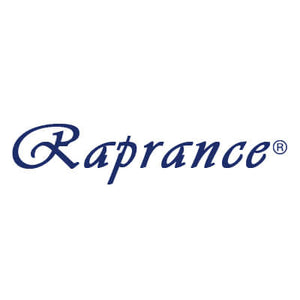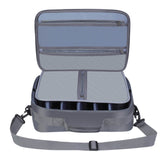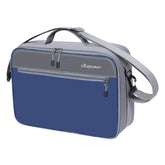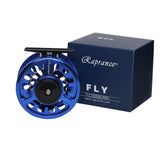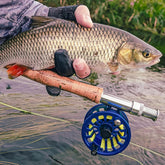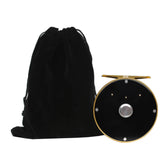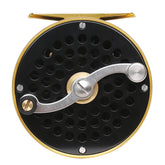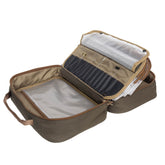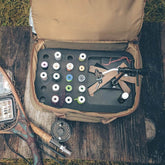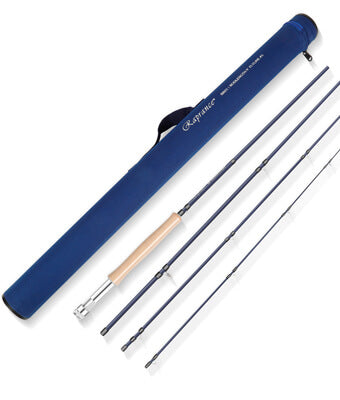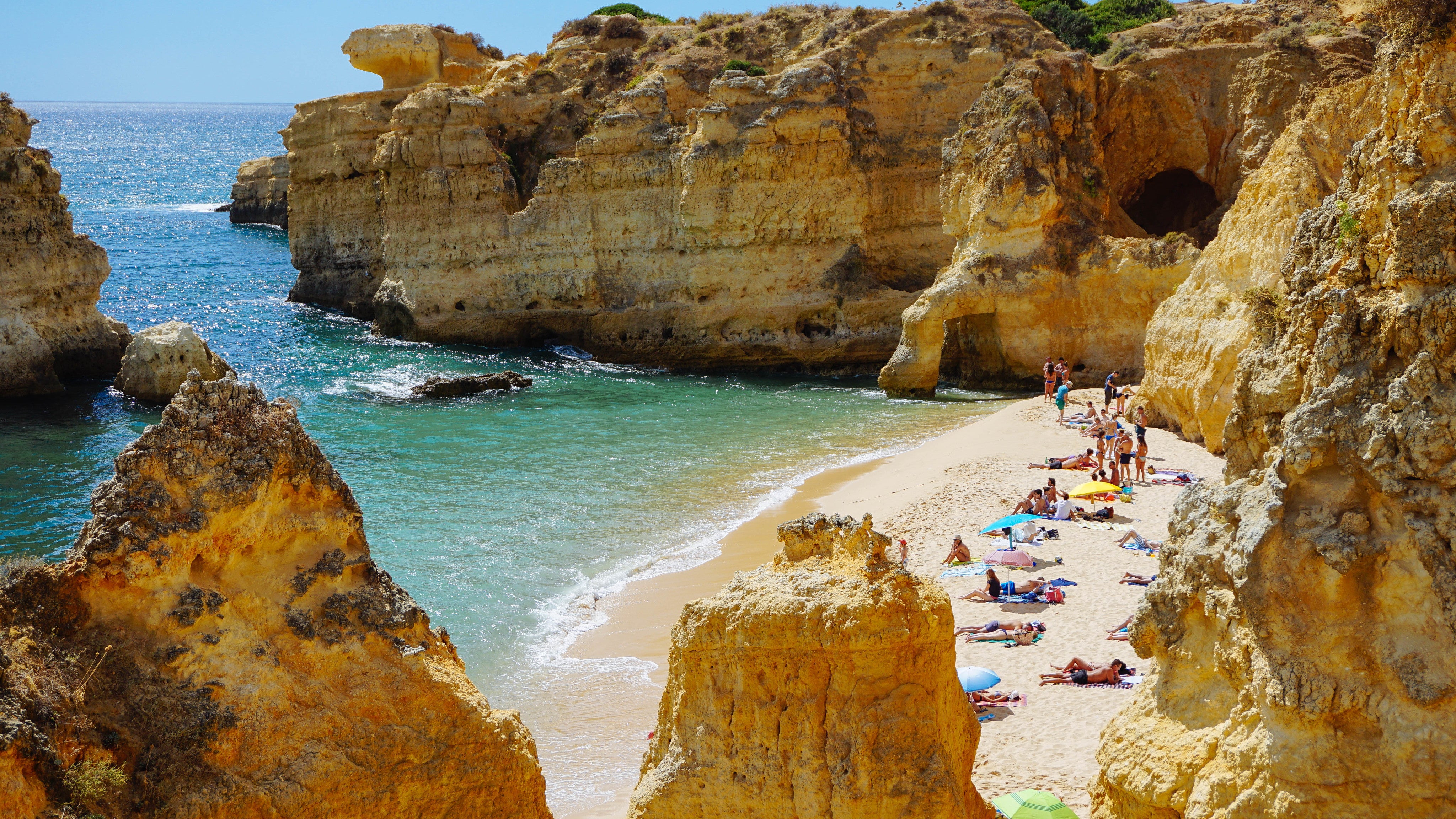Waders: A Comparison of Breathable vs Neoprene for Fly Fishing
Selecting the right pair of waders can dramatically influence my fishing experience. Breathable waders are ideal for warm weather, while neoprene waders offer superior insulation for colder conditions. Understanding these differences helps me choose the right waders based on the water temperature and the type of fishing I plan to do.

For those just starting in fly fishing or looking for budget-friendly options, I know that there are affordable waders available without sacrificing essential features. Finding waders that provide comfort and functionality without breaking the bank is crucial, especially when venturing into chilly waters. I’ve found that the right pair can enhance my time on the river and make all the difference when casting my line.
Types of Waders
Choosing the right type of waders greatly impacts comfort and effectiveness during fishing trips. Each type has its unique features that cater to different conditions and preferences.
Breathable Waders
Breathable waders are designed for comfort in warmer conditions. Made from lightweight materials such as Gore-Tex, they allow moisture to escape while preventing water from entering. This feature is essential for maintaining a comfortable temperature and preventing sweat build-up on long fishing excursions.
These waders are ideal for spring and summer fishing. Their versatility makes them a favorite among fly fishermen. Breathable waders typically include features like reinforced knees and adjustable straps, which enhance functionality and ensure durability.
Neoprene Waders
Neoprene waders are known for their insulation qualities, making them perfect for cold water fishing. Typically made from thick, rubber-like material, they provide excellent thermal protection in low temperatures. This quality is critical for anglers who fish in chilly rivers or lakes.
While neoprene offers good buoyancy, it is generally heavier than breathable options. It's important to choose the right thickness; 3mm is suitable for mild conditions, while 5mm or 7mm is better for very cold environments. Their durability and waterproof nature make them a reliable choice for various conditions.
Hybrid Waders
Hybrid waders combine the best features of breathable and neoprene waders. They use breathable materials in the upper sections, allowing for moisture management, while incorporating neoprene in the lower portions for added warmth and buoyancy. This design is advantageous for anglers who face variable weather conditions.
Hybrid waders provide versatility, allowing for comfortable wear in both warm and cold circumstances. They are often equipped with pockets and other features that enhance their utility on the water. This type is perfect for those who want an all-in-one solution for different fishing scenarios.
Waders for Different Conditions
Choosing the right waders for specific conditions is crucial for comfort and performance. I focus on options that excel in cold water and those best suited for fly fishing.
Best Waders for Cold Water
For cold water fishing, I recommend waders made from thicker materials, typically neoprene. Neoprene waders offer excellent insulation, keeping me warm during those chilly days.
I prefer waders with a thickness of at least 3.5 mm for optimal warmth. Additionally, the waders should have reinforced knees for durability, as they often encounter rough terrain.
A good fit is essential, so I ensure that the waders are waterproof and equipped with adjustable straps. This prevents water from seeping in while I move around. Breathable options can also be used in layering, but for pure winter fishing, neoprene remains my top choice.
Waders for Fly Fishing
When fly fishing, I look for lightweight and breathable options, often made from fabric blends. These materials allow for moisture wicking, which is vital during active fishing sessions.
Features like built-in gravel guards and pockets enhance functionality, keeping gear secure while wading through streams. I prefer waders with a higher waist, as they provide added protection against splashes.
Comfort is a priority, so I opt for adjustable suspenders that allow for easy movement. Additionally, select waders with reinforced seat and knees for longevity, ensuring they withstand various fishing conditions.
Wader Features and Accessories
When selecting waders, it's essential to consider their fit, comfort, and durability. These features greatly affect your overall experience in the water, ensuring you stay dry and comfortable during your activities.
Fit and Comfort
A proper fit is crucial in maximizing comfort while wearing waders. I often opt for stocking foot waders, as they provide a snug fit with wading boots, minimizing water entry. It's important to ensure there’s enough room for layering without being too loose, which can lead to discomfort.
Adjustable straps and belt systems can enhance fit, allowing for a customizable experience. Gravel guards are also a valuable addition to prevent debris from entering the waders.
Breathable waders may be more suitable for warmer weather, while neoprene waders offer insulation in colder conditions. I recommend trying different styles and sizes to find the most comfortable option for your needs.
Durability and Warranty
Durability is a key consideration when investing in waders. Materials such as high denier nylon and reinforced seams contribute to a longer lifespan. I always check for features like Aquaseal technology, which enhances waterproofing and repairability.
A solid warranty can also indicate manufacturer confidence in their product. Many brands offer warranties that cover manufacture defects and significant wear over time.
It's wise to consider wader repair options, too. Having access to repair kits can extend the life of your waders significantly. Always review the warranty terms to ensure you're covered for unexpected issues.
Choosing Waders for Your Needs

Selecting the right waders is crucial for comfort and performance in various water activities. I will focus on affordable options for beginners and specialized waders designed for specific activities.
Affordable Waders for Beginners
When starting out, it’s essential to find waders that fit both your budget and needs. Brands like Simms and Patagonia offer entry-level options that balance quality and cost. I recommend looking for waders priced between $100 and $200, which provide durability without breaking the bank.
Consider neoprene waders for colder environments or breathable options for warmer days. Look for features such as reinforced knees and adjustable straps, which enhance comfort and longevity. Brands like Simms are known for reliable options. Their entry-level Simms Freestone waders provide excellent value.
Finally, prioritize fit; waders that are too loose or tight can hinder movement. Trying on different styles is helpful to find the right fit.
Specialized Waders for Specific Activities
Different activities require specific types of waders. For instance, if I plan to use a float tube for fishing, a lighter and more breathable design is necessary. The Simms G4Z waders are particularly suitable for fly fishing, offering versatility and comfort.
For those involved in duck hunting, I suggest heavier, insulated waders that can withstand cold weather and wet conditions. Models with built-in waterproof pockets can help secure gear.
When choosing, factor in the specific requirements of the sport. Understanding the conditions and the water temperatures will help me select the appropriate material and insulation level, ensuring I stay comfortable and focused on my activity.
